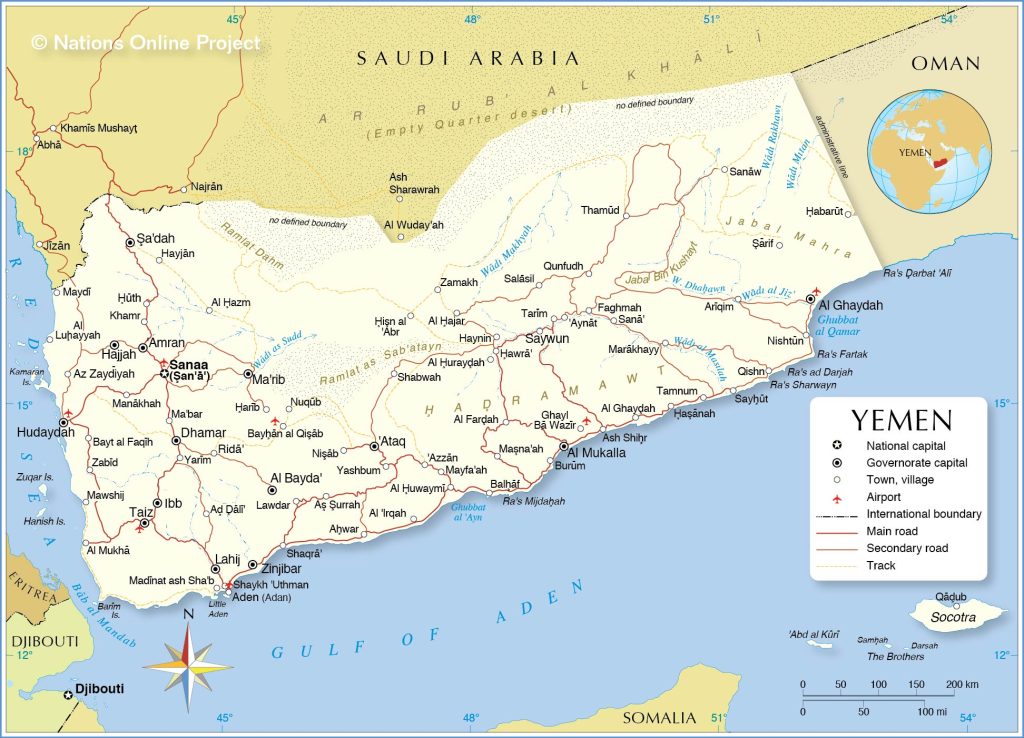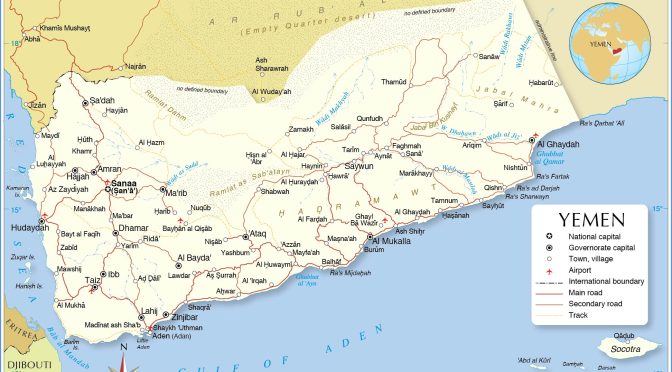Yemen, a country located on the southern tip of the Arabian Peninsula, has been facing an ongoing energy crisis for years. This crisis has only been exacerbated by the ongoing conflict, which has caused widespread damage to the country’s infrastructure and has left millions of people without access to reliable electricity. As the country struggles to rebuild and find a path towards a sustainable future, it is essential to explore renewable energy solutions that can help address Yemen’s energy crisis and contribute to its long-term development.
One of the most promising renewable energy sources for Yemen is solar power. The country has abundant sunshine, with an average of around 3,000 hours of sunlight per year. This makes it an ideal location for the development of solar energy projects, which can provide a clean and sustainable source of electricity for the country’s growing population. In recent years, there has been a surge in interest in solar power in Yemen, with several small-scale projects being implemented across the country. These projects have demonstrated the potential of solar power to provide a reliable and cost-effective source of electricity, even in remote and off-grid areas.
Another renewable energy source with significant potential in Yemen is wind power. The country’s long coastline and mountainous terrain create favorable conditions for the development of wind energy projects. In fact, studies have shown that Yemen has the potential to generate up to 1,000 megawatts of electricity from wind power, which would be enough to meet a significant portion of the country’s energy needs. The development of wind power projects in Yemen could not only help to address the country’s energy crisis but also create new job opportunities and stimulate economic growth in the process.
In addition to solar and wind power, Yemen also has the potential to harness other renewable energy sources, such as geothermal and biomass energy. Geothermal energy, which is generated from the heat stored beneath the Earth’s surface, could be used to provide a stable and continuous source of electricity for the country. Meanwhile, biomass energy, which is derived from organic materials such as agricultural waste and animal manure, could be used to generate electricity and heat in rural areas, where access to modern energy services is often limited.
While the potential for renewable energy in Yemen is significant, there are also several challenges that need to be addressed in order to fully realize this potential. One of the main challenges is the lack of investment in the country’s renewable energy sector, which has been hindered by the ongoing conflict and political instability. In order to attract investment and foster the development of renewable energy projects, it is essential for the Yemeni government and the international community to work together to create a stable and supportive environment for investors.

Another challenge is the need to develop the country’s energy infrastructure, which has been severely damaged by the conflict. This includes not only the physical infrastructure, such as power lines and substations, but also the institutional infrastructure, such as the regulatory frameworks and human resources needed to manage and operate renewable energy projects. Strengthening Yemen’s energy infrastructure will be a critical step towards ensuring the long-term success of the country’s renewable energy sector.
In conclusion, renewable energy solutions have the potential to play a crucial role in addressing Yemen’s energy crisis and supporting the country’s sustainable development. By harnessing the power of the sun, wind, and other renewable resources, Yemen can not only meet its growing energy needs but also reduce its dependence on fossil fuels and contribute to global efforts to combat climate change. The path to a sustainable energy future in Yemen will require significant investment, political will, and international support,


